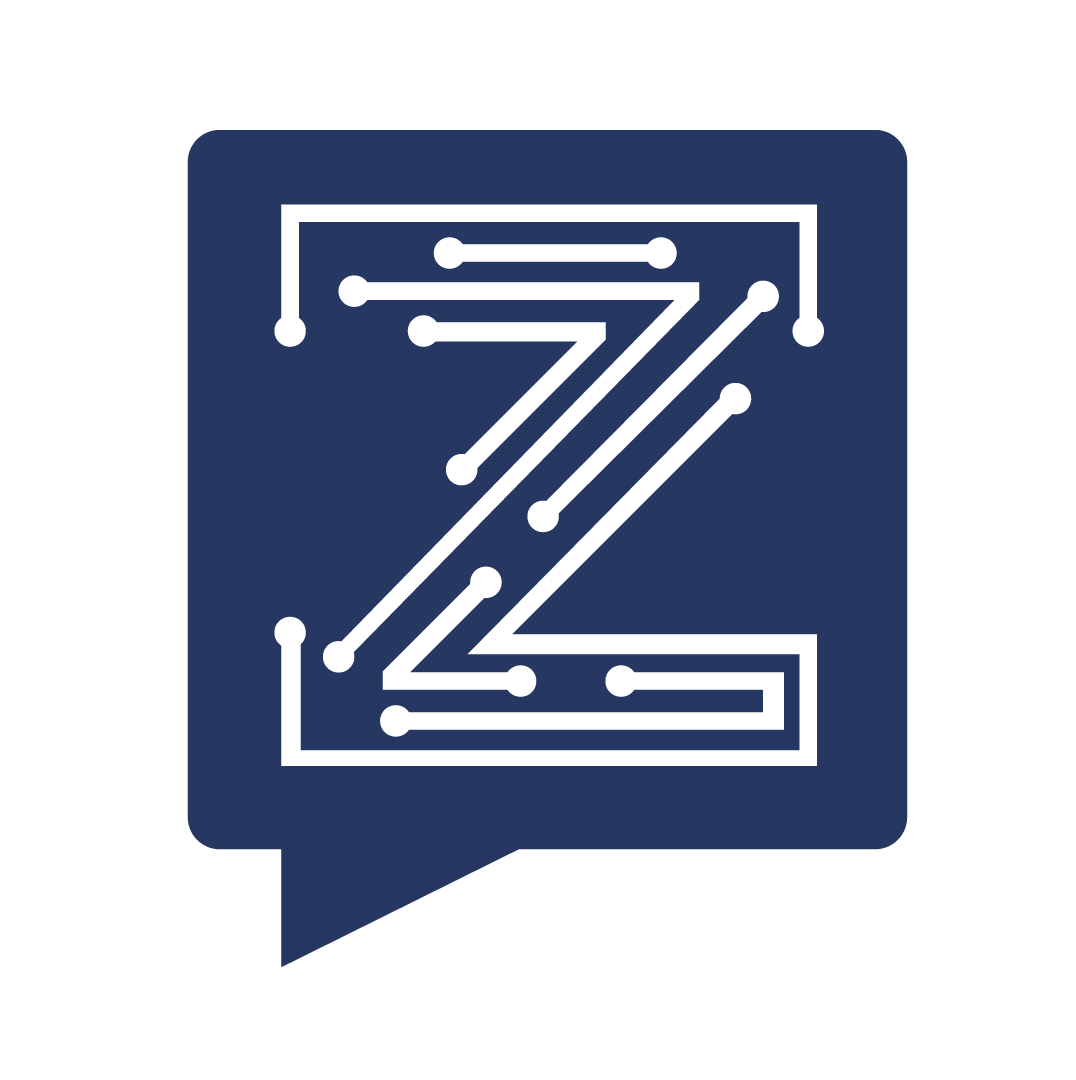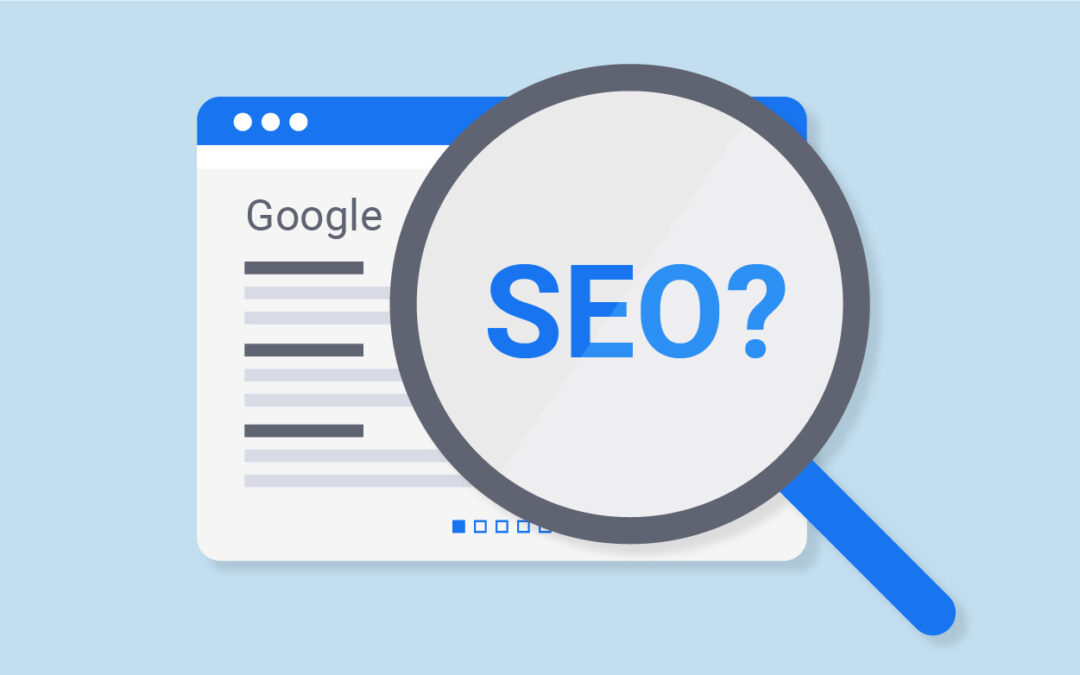Author: Lindsey Murphy (Marketing Strategist & Head of Finance)
Search Engine Optimization (SEO) is a technical component of digital marketing that can be intimidating for our new marketing strategists yet is vital to transform a client’s digital presence. The ideal outcome for a client’s website when focusing on SEO is for it to rank higher than its competitors on search engines such as Google or Bing. SEO involves various tactics and steps to follow to succeed. I have created an SEO starter guide to gain a basic understanding of the daunting, yet crucial digital marketing strategy.
First, let’s learn about a couple of useful SEO tools:
HubSpot Website Grader
HubSpot Website Grader is a great starting point to understand where your client’s website is currently at in terms of performance, SEO, mobile responsiveness, and security. The website gives a score for the website out of 100, where 100 is the highest possible score. Each category is further broken down and highlights areas that need to be improved. Since website cleanup and SEO have many elements, this website offers you some key areas to focus on while improving a client’s website and SEO strategy.
SEM Rush
A great tool to explore a website’s current SEO practices is SEM Rush! SEM Rush has many valuable features that give the user an insight into a domain’s keywords, authority, digital accessibility, and backlinks. This is where a lot of SEO research happens. SEM Rush also has a great blog about all things SEO that I recommend reading to learn more about any of these areas outlined below and additional SEO metrics.
5 Key SEO Terms to Know:
Now that we have learned about a couple of great SEO tools, let’s learn about 5 key SEO terms!
Keyword Research
Keyword research is a vital initial step in an SEO project. Keyword research allows you to see what keywords your website is already ranking for and allows you to come up with more keywords that you should be ranking for. An ideal keyword in SEM Rush has a low difficulty score and a high search volume. However, it is smart and realistic to find keywords that have a range of scores in each category. The keywords that you find to be relevant in this research process will then be added to meta descriptions, alt text, header tags, and on-page content.
Domain Authority
Domain authority is a search engine ranking metric that indicates SEO factors such as keywords, backlinks, and website content that are affecting a website’s rank. Ranking for relevant keywords, removing toxic backlinks, and creating quality content will all help in improving a page’s authority and ranking. A higher authority score in SEM Rush correlates to a higher-ranking website. It is also helpful to compare domain authorities to a client’s competitors, to see where they fall and where they should shoot to be after making improvements.
Alt Text
Alt text, short for alternative text, is the text that appears in the HTML code to describe an image to search engine crawlers and those that may be visually impaired. This is a great way to add the keywords you are trying to rank for. This alt text helps users find your images when searching in Google images.
Meta Descriptions
A meta description is the block of text that appears below a website’s domain after searching for it on Google. This block not only gives the user a sense of what the web page covers, but more importantly it is another way to rank the site higher using relevant keywords. This is also a great way to increase a page’s click-through rate (CTR) because this description is the first block of content that a user sees when deciding what page to click on. An ideal meta description for a desktop display is 160 characters and 120 for a mobile display.
Backlinks
A backlink is when an external site links back to your website. The higher number of backlinks a website has, the more authoritative it is in the eyes of search engine results pages. It is essential to get rid of toxic backlinks as they hurt SEO.
Google Software:
Since there are 4.3 billion Google users worldwide, it is a good idea to be familiar with and use Google software. Many of our clients in Voice Z Digital use Google Analytics and Google Business Profile … so let’s learn about them.
Google Analytics
Google Analytics is a tool that offers insights into what a user is doing once on a website highlighting common yet revealing metrics such as total number of users, bounce rate, and click-through rates. After working with a client, they must understand the power of Google Analytics, the frequency that they should be checking it, and what they should be focusing on.
Google Business Profile
Another Google feature to understand is the Google Business Profile that appears on the right-hand side of Google after searching for a business. This gives a user basic but important information about a business such as links to the website, directions, and a call button. Information such as the company address, hours, and phone number must be correct as potential customers use this as a shortcut to this information as it pops right up on Google and is user-friendly. It also shows Google customer reviews, ratings, and questions. This picture shows a portion of one of our client’s Google Business Profile!
This is only a starter kit for SEO so please check out the links below and do additional research to learn more about SEO!
Sources
https://blog.hubspot.com/marketing/domain-authority
https://www.semrush.com/blog/google-search-statistics/
https://sitechecker.pro/wp-content/uploads/2018/02/Knowledge-base-part-3_what-is-seo.jpg


Recent Comments